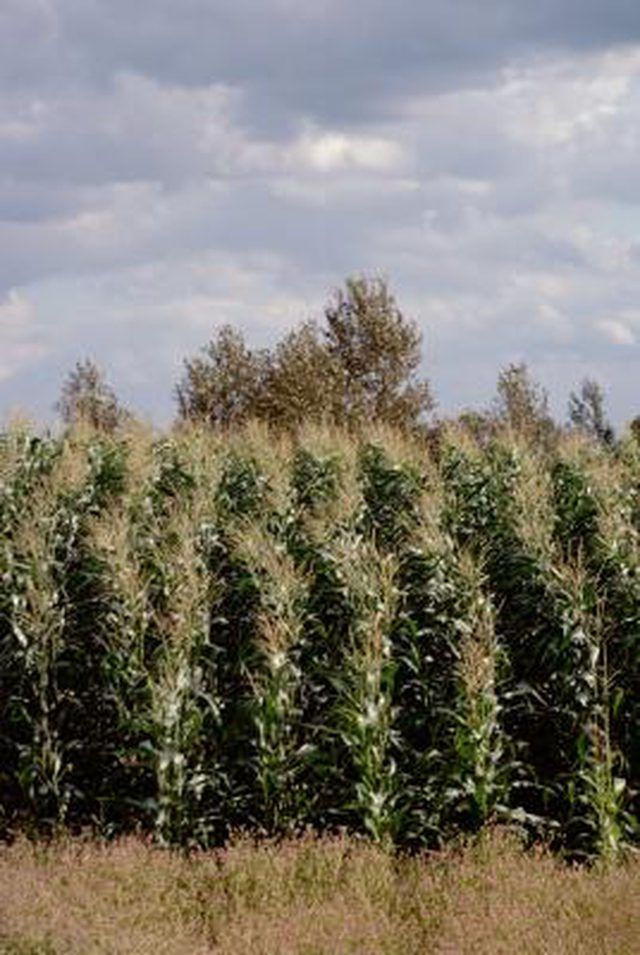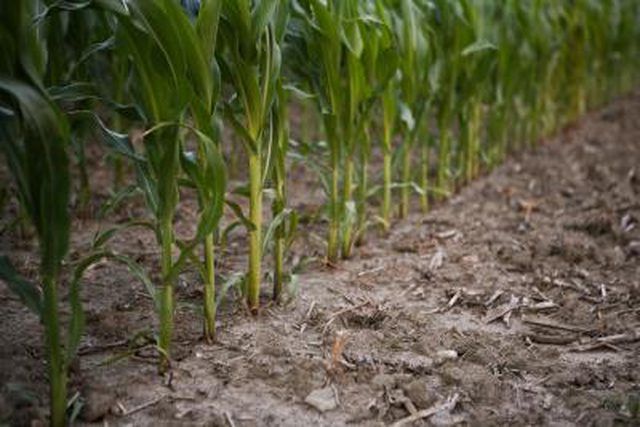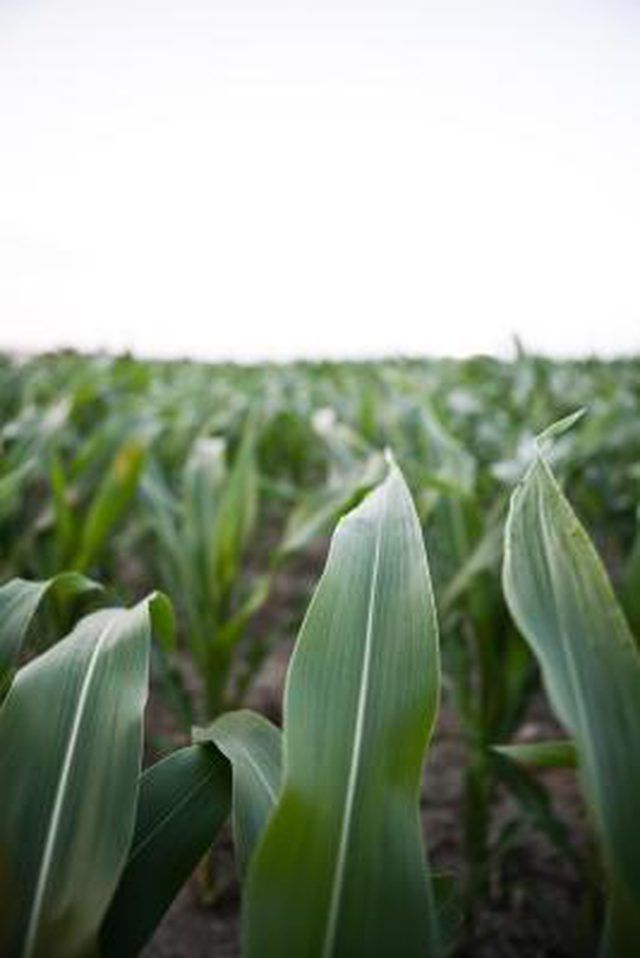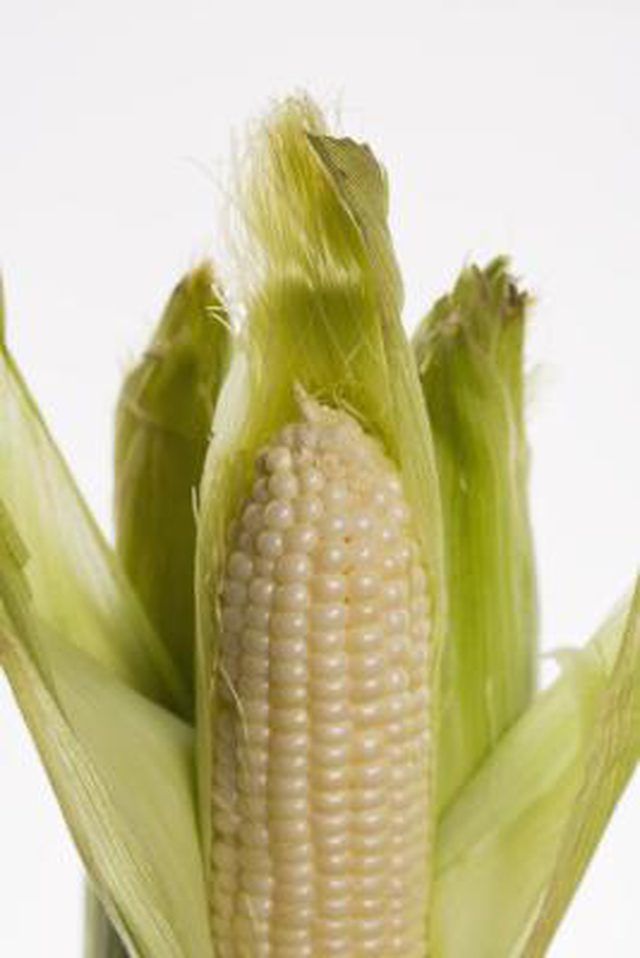Bulbs
Flower Basics
Flower Beds & Specialty Gardens
Flower Garden
Garden Furniture
Garden Gnomes
Garden Seeds
Garden Sheds
Garden Statues
Garden Tools & Supplies
Gardening Basics
Green & Organic
Groundcovers & Vines
Growing Annuals
Growing Basil
Growing Beans
Growing Berries
Growing Blueberries
Growing Cactus
Growing Corn
Growing Cotton
Growing Edibles
Growing Flowers
Growing Garlic
Growing Grapes
Growing Grass
Growing Herbs
Growing Jasmine
Growing Mint
Growing Mushrooms
Orchids
Growing Peanuts
Growing Perennials
Growing Plants
Growing Rosemary
Growing Roses
Growing Strawberries
Growing Sunflowers
Growing Thyme
Growing Tomatoes
Growing Tulips
Growing Vegetables
Herb Basics
Herb Garden
Indoor Growing
Landscaping Basics
Landscaping Patios
Landscaping Plants
Landscaping Shrubs
Landscaping Trees
Landscaping Walks & Pathways
Lawn Basics
Lawn Maintenance
Lawn Mowers
Lawn Ornaments
Lawn Planting
Lawn Tools
Outdoor Growing
Overall Landscape Planning
Pests, Weeds & Problems
Plant Basics
Rock Garden
Rose Garden
Shrubs
Soil
Specialty Gardens
Trees
Vegetable Garden
Yard Maintenance
Parts of Corn Plants
Parts of Corn Plants. The corn plant (Zea mays) is a warm-weather annual in the grass family which provides a major source of food for humans worldwide. In 2008, around 30.9 billion bushels of corn were produced.

The corn plant (Zea mays) is a warm-weather annual in the grass family which provides a major source of food for humans worldwide. In 2008, around 30.9 billion bushels of corn were produced.
Roots
The corn plant is secured in the soil by dense balls of thin, fibrous roots. These roots emerge from the subterranean stalk at junctures called nodes.
Stalk
The stalk, or single erect stem, extends skyward from the ground. Most corn varieties in the United States attain stalk heights of between 7 and 10 feet.

Leaves
As the roots below the ground emerge from nodes, the long, glossy green leaves of the corn plant wrap around the stalk at nodes. One corn plant produces 16 to 22 such leaves on average.

Tassels
Once the stalk and leaves have grown, branched structures known as tassels appear at the top of the corn plant. These tassels bear small, pollen-rich flowers that contain the corn's male sex cells.
Ears
From the leaf nodes, female flower organs called ears develop. Ears consist of eggs attached to a cob, wrapped within a leafy sheath called a husk. Each egg emits a long strand of corn silk, which eventually emerges from the top of the husk.
Pollination occurs when pollen falls onto the silk, transforming the egg into a fertilized kernel. Kernels are the part of the corn plant consumed by humans and other mammals.
